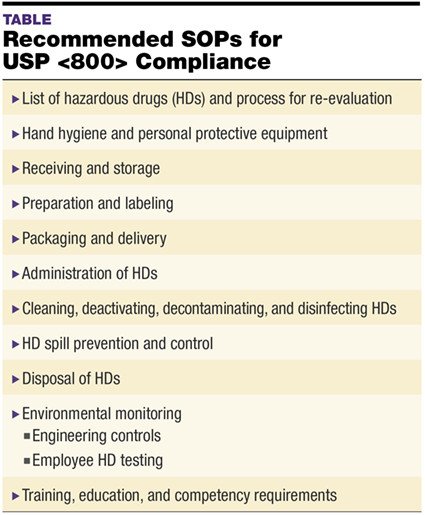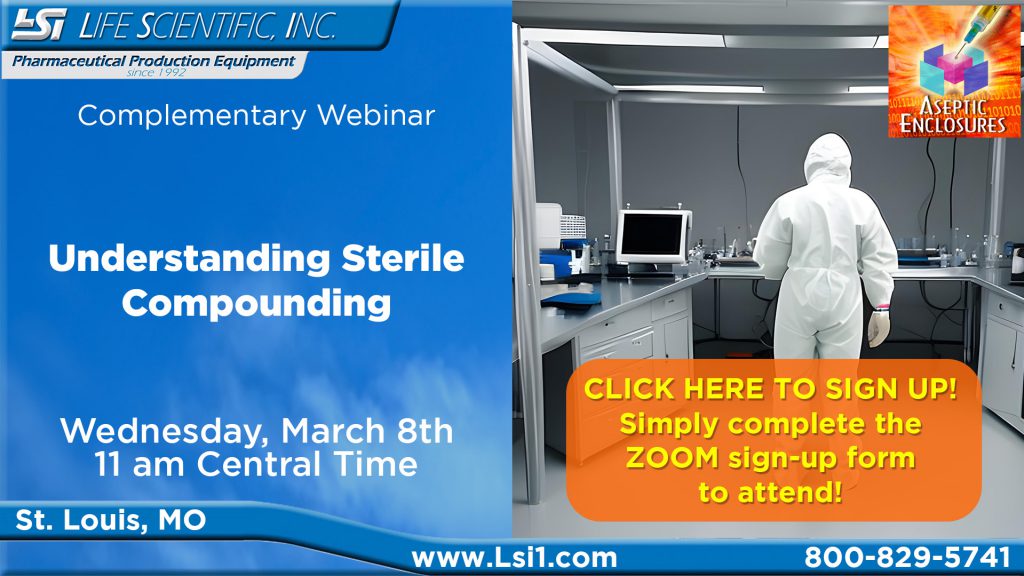Basic Cleanroom Protocol
Basic cleanroom protocol programs are based on the Institute of Environmental Science and Technology (IEST) recommended practices for contamination control and the ISO 14644 series of international standards for cleanrooms and associated controlled environments. The focus of any protocol program is to protect the integrity of the cleanroom and the products and processes in the […]
Basic Cleanroom Protocol Read More »
Basic cleanroom protocol programs are based on the Institute of Environmental Science and Technology (IEST) recommended practices for contamination control and the ISO 14644 series of international standards for cleanrooms and associated controlled environments. The focus of any protocol program is to protect the integrity of the cleanroom and the products and processes in the



